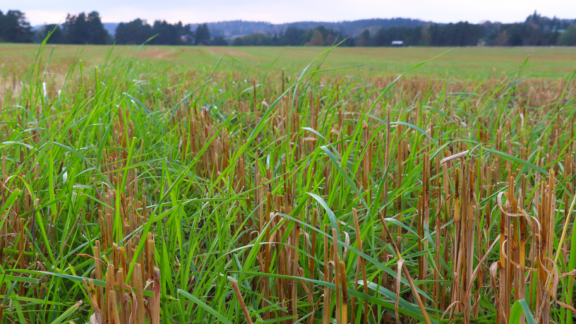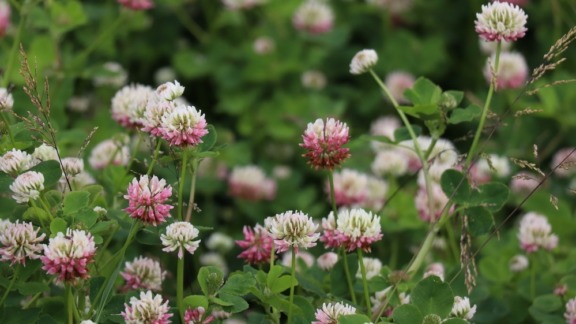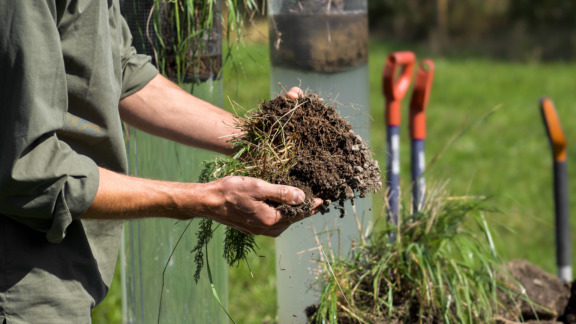The effect of arable management practices on carbon storage and fractions
Article: Assessing the effect of arable management practices on carbon storage and fractions after 24 years in boreal conditions of Finland
Authors: Salonen, Anna-Reetta et al.
Journal: Geoderma Regional
Year: 2023
Soil organic matter (SOM) plays an important role in soil functions that are crucial for sustainable agriculture. Understanding how agricultural management and soil properties affect SOM in different soil depths would aid in maintaining and increasing SOM throughout the soil profile.
Mineral associated organic matter (MAOM) is relatively stable and long-term carbon storage, while particulate organic matter (POM) is readily available to soil organisms and thus more labile.
The study sampled a 24 year-old cultivation field experiment with organic and conventional cropping systems, and an adjacent unmanaged meadow to 70 cm soil depth. The samples were analyzed to assess the total organic carbon (OC) stocks and the distribution of OC into several different types of organic matter. Both organic and conventional systems had the same cultivated plants in a five-year rotation and similar ploughing. The conventional system was minerally fertilized and herbicides (glyphosate and MCPA) were applied, while in the organic system, cattle manure was applied as the form of fertilizer and no herbicides were used.
Over 83% of the soil OC was in the mineral-associated fraction. The distribution of OC across the different types was not strongly affected by soil management. Largest OC stocks together with the largest plant root biomass was found in the unmanaged meadow, which highlights the potential of deep-rooting plants in sequestering OC into the soil. Organically managed soil had higher OC stocks in the studied profile (0–70 cm) than the conventional cropping system, although both studied cropping systems had similar crop rotation and soil management.
Clay was not well correlated to any of the OC fractions below the 20 cm depth, suggesting that estimating the OC accrual potential of the deeper soil should not be based on the soil texture alone. In contrast, aluminium and iron oxides correlated with OC throughout the soil profile, indicating that these oxides can play an important role in transporting and stabilizing of OC in the soil profile.



